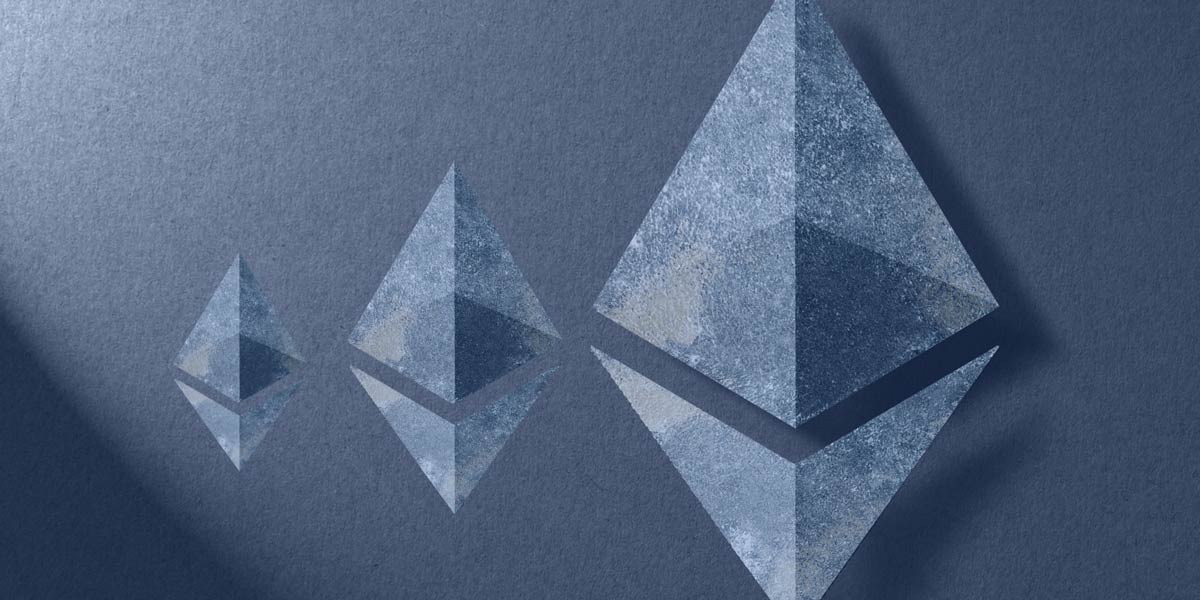
ZK rollup projects are increasingly becoming a cornerstone in the Ethereum network, particularly for developers aiming to optimize smart contracts, decentralized exchanges, and dApps. Ethereum, the largest ecosystem for DeFi, NFTs, and more, faces challenges with scalability and high gas fees. ZK-rollups offer a layer-2 scaling solution that addresses these issues effectively.
By bundling multiple off-chain transactions and submitting them as a single transaction to the Ethereum mainnet, ZK-rollups achieve faster transaction times and reduced gas fees. This not only enhances the Ethereum ecosystem but also paves the way for more efficient blockchain transactions.
So, if you’re keen to understand how ZK-rollups are shaping the future of Ethereum and why they’re essential for scaling solutions, this guide is for you.
What is Zero Knowledge in Crypto?
Zero Knowledge, often abbreviated as ZK, is a cryptographic protocol that’s a cornerstone in the world of blockchain technology. It allows one party (the prover) to demonstrate the validity of a claim to another party (the verifier) without revealing any specific details about the claim itself.
This concept has its roots in early cryptographic research by pioneers like Shafi Goldwasser, Silvio Micali, and Charles Rackoff. The primary objective of a ZK-proof is to establish the truth of a claim while keeping all other information confidential.
A robust ZK-proof should satisfy three essential criteria:
- Completeness: If the statement is accurate and both parties follow the protocol, the verifier will accept the proof.
- Soundness: If the statement is false, the prover won’t be able to convince the verifier otherwise.
- Zero Knowledge: After the verification process, the verifier knows only whether the statement is true or false, without gaining any additional information.
In the cryptocurrency landscape, ZK-proofs are invaluable for enhancing transaction privacy and scalability. For instance, in privacy-focused cryptocurrencies like Zcash, ZK-proofs facilitate transactions that are both anonymous and secure.
Beyond crypto transactions, ZK-proofs are also employed in authentication and access control systems. They offer a secure method for verifying passwords and cryptographic keys without exposing them.
What Are ZK-Rollups and How Do They Work?
If you’ve been following the Ethereum network, you’ve probably heard about its scalability issues. Enter ZK-Rollup technology, a type of Layer-2 solution designed to enhance the Ethereum blockchain’s performance. These nifty tools are all about increasing the number of transactions the network can handle without clogging up the main chain.
So, what exactly are ZK-Rollups? They’re a subset of Ethereum’s second-layer scaling solutions. The idea is to perform most of the heavy lifting – like transaction data processing – off the main Ethereum blockchain. This way, only a minimal amount of data needs to be recorded on-chain, making the whole process more efficient.
Here’s how it works in a nutshell: ZK-Rollups bundle multiple transactions into a single batch. This batch is then processed off-chain. Once that’s done, a cryptographic proof is generated to vouch for the validity of these transactions. This proof, along with some essential transaction data, is then sent to a smart contract on the Ethereum mainnet for final verification.
To get a bit more technical, ZK-Rollups uses two types of smart contracts: a verifier contract and a main contract. The verifier contract checks the cryptographic proofs, while the main contract keeps track of the rollup blocks and manages fund deposits and withdrawals. Unlike the Ethereum Virtual Machine (EVM), which is the heart of Ethereum, ZK-Rollups use their own off-chain virtual machine to achieve these tasks. This is a key reason why they are so effective at reducing transaction costs and improving scalability.
And talking about security, ZK-Rollups inherit their security features from the Ethereum mainnet, which acts as a settlement layer, ensuring that all data is correct and up-to-date.
ZK-Rollups vs. Optimistic Rollups
| Feature |
ZK-Rollups |
Optimistic Rollups |
| Validation Method
|
Cryptographic proofs for each transaction batch |
Assumes transactions are valid; offers a challenge period for disputes |
| Transaction Speed (TPS) |
Generally efficient but may vary |
Often higher due to initial assumption of validity |
| Transaction Finality |
Faster, as transactions are pre-validated |
Slower due to the challenge period |
| Smart Contract Complexity |
Better for simpler transactions |
Can handle more complex smart contracts |
| Security |
Inherits security from Ethereum mainnet |
Also inherits security but relies on staking to deter fraud |
Alongside ZK-Rollups, Optimistic Rollups are another contender vying for the spotlight. Both aim to solve Ethereum’s scalability issues, but they go about it in different ways. So, let’s break down the key differences, shall we?
First off, ZK technology on cryptographic proofs to validate transactions. Each batch of transactions comes with its own proof, ensuring that everything is above board before it even hits the mainnet. Optimistic Rollups, on the other hand, take a more, well, optimistic approach. They assume all transactions are valid right off the bat. But don’t worry, there’s a safety net—a “challenge period” where anyone can flag suspicious activity. If something seems off, a “fraud-proof” kicks in, and the transaction is scrutinized.
Now, you might be wondering about the trade-offs. Optimistic Rollups often boast higher transaction speeds (TPS), but there’s a catch. The challenge period means that it takes longer to reach transaction finality. On the flip side, ZK-Rollups might not handle complex smart contracts as smoothly as their Optimistic counterparts, but they excel at processing simpler transactions efficiently.
How Are ZK-Rollups Important For Ethereum?
The blockchain trilemma has long been Ethereum’s Achilles’ heel, posing a constant challenge to balance scalability, security, and decentralization. As Ethereum’s user base expanded, the network found itself bogged down with congestion, leading to exorbitant fees and sluggish transactions. The ZK-Rollup solution and Layer-2 solutions act as a game-changer for Ethereum’s scalability woes.
At the heart of ZK-Rollups are three core components that ensure smooth sailing.
- Ethereum Smart Contract – Serving as the liaison between the ZK-Rollup protocol and the Ethereum mainnet. It ensures that every transaction executed within the ZK-Rollup chain is faithfully mirrored on Ethereum’s primary network.
- The Third-Party Prover – Safeguarding data integrity. This entity crafts cryptographic proofs that validate the data being processed, all while maintaining a shroud of secrecy around the details, thanks to the zero-knowledge feature.
- The Verifiers Ecosystem – Blockchain validators but specialized nodes that double-check the cryptographic proofs and then give them the green light for submission to the Ethereum mainnet.
So, what’s the big picture? ZK-Rollups are not merely a band-aid for Ethereum’s scaling issues; they’re transformative. By shifting some computational tasks off the main Ethereum chain to a secondary layer, they dramatically amplify the network’s capacity. This is a boon for developers eager to build decentralized applications (dApps) that can cater to a larger audience without breaking the bank.
In a nutshell, ZK-Rollups scale Ethereum, allowing it to meet the needs of its ever-growing community without sacrificing its foundational principles.
Most Popular ZK-Rollup Projects and Blockchains
As we’ve unraveled the impact of ZK-Rollups on Ethereum’s scalability, it’s only natural to wonder, “Who’s leading the charge in this space?”.
In this section, we’ll explore the most influential ZK Rollup projects and blockchains that are setting new benchmarks in the industry. But we won’t stop there. We’ll also spotlight top ZK rollup projects that are leveraging these blockchains to create groundbreaking solutions. So, let’s navigate through the best ZK-Rollup projects and blockchains, giving you a comprehensive view of who’s who in this exciting realm.
Top ZK-Rollup Blockchains
Polygon
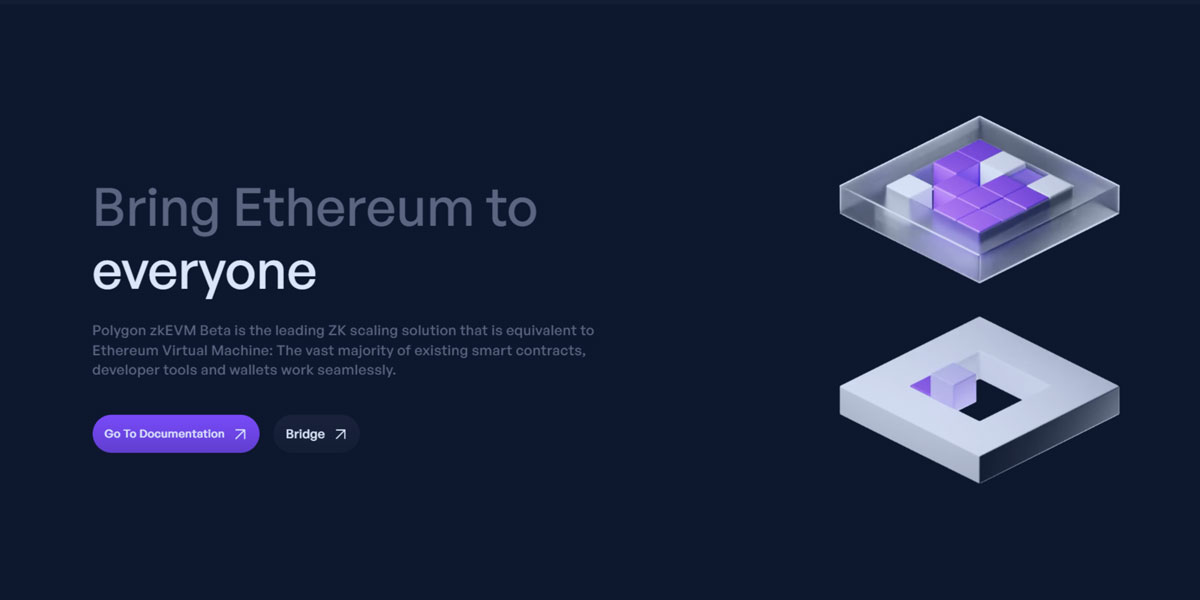
Polygon is a Layer-2 powerhouse that’s pushing the boundaries of what’s possible with ZK-Rollup technology.
When it comes to Ethereum’s Layer-2 solutions, Polygon is the undisputed leader, both in terms of Total Value Locked (TVL) in decentralized finance protocols and its native token’s market cap – $MATIC. The network operates on a proof-of-stake (PoS) consensus mechanism and has multiple active decentralized applications (dApps).
Now, let’s talk ZK-Rollups. Polygon employs this technology to amp up its scalability. However, it sidesteps the time-consuming nature of typical ZK-Rollups by leveraging recursive proofs. This allows Polygon to batch multiple transactions together and generate cryptographic proofs for the entire batch before sending it off to the Ethereum mainnet.
What sets Polygon’s ZK-Rollups apart is their full compatibility with the Ethereum Virtual Machine (EVM). This makes things easier for developers, as they don’t have to learn new programming languages to build smart contracts on Polygon, unlike other Layer-2 solutions like StarkNet.
Polygon’s architecture also includes “commit chains,” which are somewhat akin to sidechains but with a twist. These commit chains derive a higher degree of security from the Ethereum network and dodge the centralization issues commonly associated with sidechains. Anyone can stake $MATIC tokens and act as a validator, making the network more decentralized.
Polygon also has a portfolio of blockchain networks. From the fully operational and highly decentralized Polygon Hermez to the in-development networks like Polygon Zero and Polygon ZkEVM, the platform is continually innovating. In fact, Polygon Zero claims to be the world’s highest-performing ZK-Rollup-based Layer-2, generating ZK proofs in a mere 170 milliseconds on a standard consumer laptop.
While ZK-Rollups are Polygon’s primary scaling solution, the network has plans to integrate Optimistic Rollups in the future, making it even more versatile.
Founded in 2017 by Ethereum developers Sandeep Nailwal, Anurag Arjun, Jaynti Kanani, and Mihailo Bjelic, Polygon was initially known as Matic Network. It has since evolved into a multi-faceted Layer-2 solution, setting the standard for scalability, security, and decentralization.
StarkNet
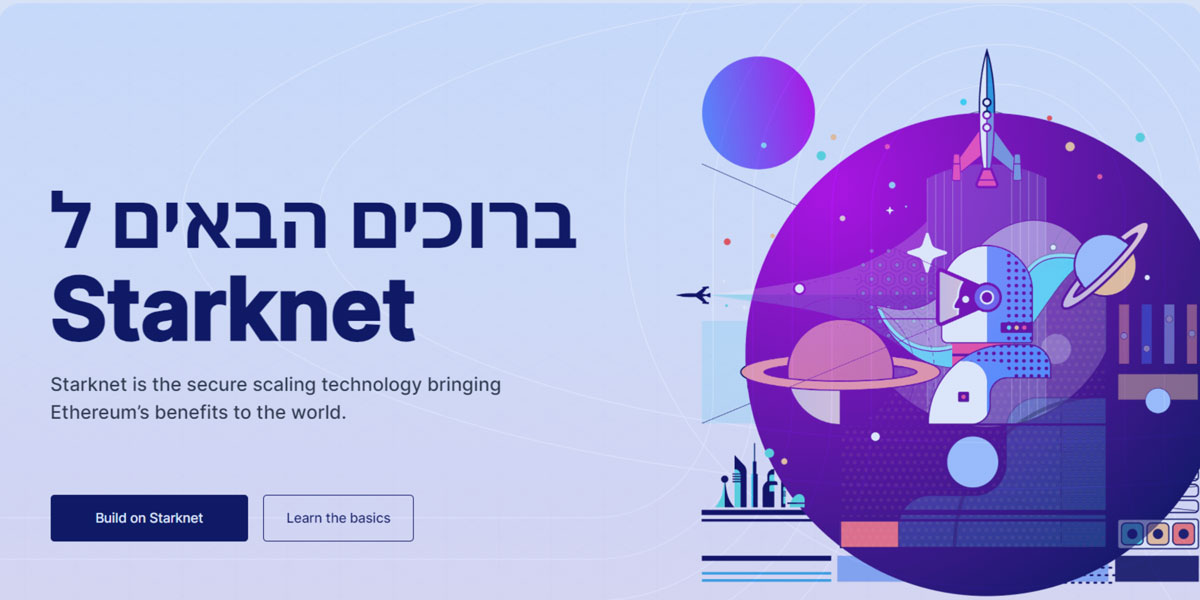
If Polygon is the Layer-2 titan, then StarkNet is the innovative genius in the ZK-Rollup arena. Developed by Starkware, this decentralized Layer-2 blockchain is making strides in scalability and cost-efficiency.
StarkNet employs a unique approach to ZK-Rollups. It batches transactions and moves them off-chain for computation, significantly reducing the load on the Ethereum mainnet. These batches of transactions are then given a STARK proof, a cryptographic mechanism that validates their legitimacy. The use of STARK proofs not only enhances security but also minimizes the computational power needed for verification.
The network aims to cut transaction costs by two orders of magnitude compared to Ethereum. And that’s not all; it’s also targeting a tenfold increase in transaction speed by year-end. Talk about ambitious goals!
Now, let’s talk about smart contracts.
StarkNet is the first ZK-Rollup project to offer a general-purpose smart contract platform on a fully composable network. This means anyone can develop and deploy their applications, execute transactions, or interact with smart contracts. However, unlike Polygon, which uses Solidity, StarkNet developers need to get acquainted with Cairo – a programming language designed for optimizing and scaling STARK proofs. But transpilers from Solidity to Cairo are in the works to make the transition smoother.
Starkware, the brains behind StarkNet, is also responsible for StarkEx – a specialized Layer-2 solution designed for decentralized crypto exchanges (DEXs). While StarkNet focuses on public dApp development, StarkEx operates as a Software-as-a-Service (SaaS) to enhance the scalability of DEXs. It supports a wide range of tokens, including ETH, ERC-20, and ERC-721 NFTs, and is even working on supporting off-chain minting for ERC-1155 semi-fungible ‘dynamic’ NFTs.
Founded in 2017 by Alessandro Chiesa and Eli Ben-Sasson, Starkware has been a key player in the ZK-Rollup space. Its solutions, StarkNet and StarkEx, are used by top projects like dYdX, Immutable, DiversiFi, and Sorare, making it one of the largest Layer-2 solutions by Total Value Locked (TVL).
So, if you’re looking for a ZK-Rollup blockchain that’s pushing the envelope in scalability and versatility, StarkNet is a name you’ll want to remember.
ZKSync
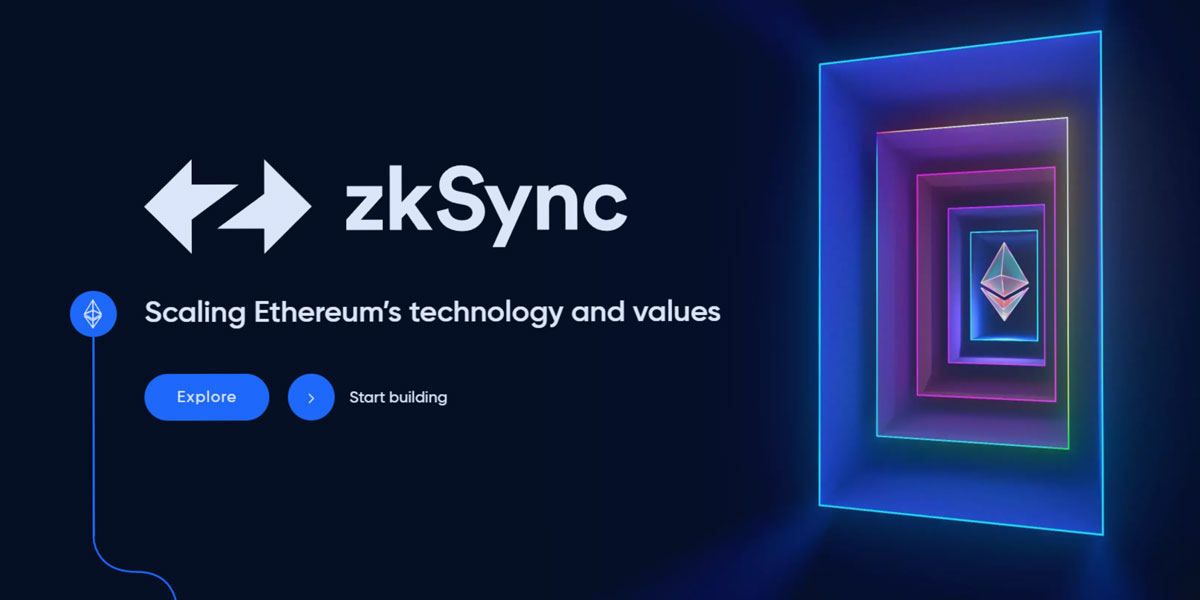
When it comes to Ethereum Layer-2 solutions, ZKSync is a name that’s hard to ignore. Launched in 2020 by Matter Labs, founded by Alex Gluchowski and Alexandr Vlasov, ZKSync is designed for speed, affordability, and, above all, trustlessness.
Let’s start with the speed. ZKSync boasts a throughput of over 2,000 transactions per second (TPS). That’s not just fast; it’s lightning-fast. But what really sets ZKSync apart is its low gas fees without compromising on security. It’s like getting the best of both worlds – speed and affordability.
Now, you might be wondering, what makes ZKSync so secure? The answer lies in its proofing protocols. Unlike StarkNet and StarkEx, which use STARKs (Scalable Transparent ARguments of Knowledge), ZKSync employs SNARKs (Succinct Non-Interactive ARgument of Knowledge). While SNARKs do require an initial one-time setup and a small group of trusted developers, they offer a robust layer of security. However, it’s worth mentioning that this does introduce a degree of centralization, which some might see as a downside compared to StarkNet’s trustless STARKs.
One of ZKSync’s standout features is its full EVM (Ethereum Virtual Machine) compatibility. This means developers can take existing smart contracts from Ethereum’s Layer-1 and redeploy them on ZKSync without any modifications. Imagine the time saved and the seamless interoperability this offers!
But that’s not all. ZKSync takes user control to the next level. It’s fully noncustodial with zero trust assumptions. In simpler terms, ZKSync validators can’t make a move without your explicit permission. Your assets, your rules.
Some of the promising zk rollup projects that have already set up shop on ZKSync include Argent, Gitcoin, Yearn Finance, Gnosis Safe, Snapshot, Tally, and the 1inch Network. That’s quite the lineup, and it speaks volumes about ZKSync’s credibility and potential.
Some Of The Best ZK Rollup Projects
Let’s take a closer look at some of the best ZK-Rollup projects out there.
dYdX
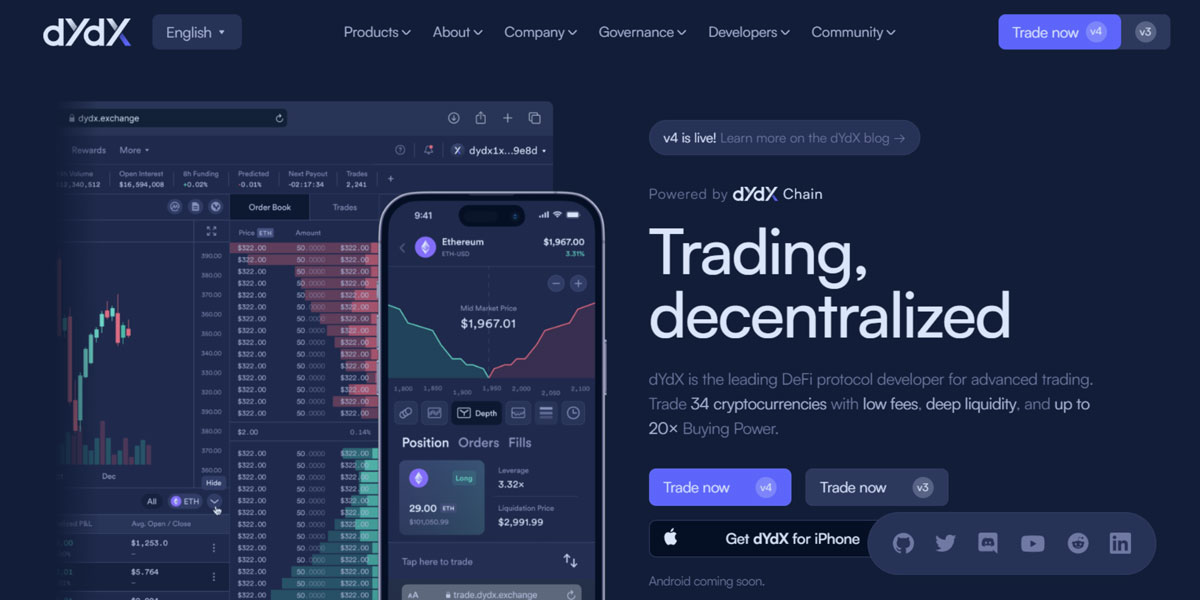
Founded in 2019 by Antonio Juliano, dYdX is a decentralized perpetual trading platform that’s making waves. With over 60,000 users, this platform is built on StarkEx and offers up to 20x leverage. The integration with StarkWare’s StarkEx allows dYdX to offer lower trading fees and minimum trade sizes, all while maintaining the security of the Ethereum blockchain. It’s a win-win for traders looking for deep liquidity and low fees.
Celer
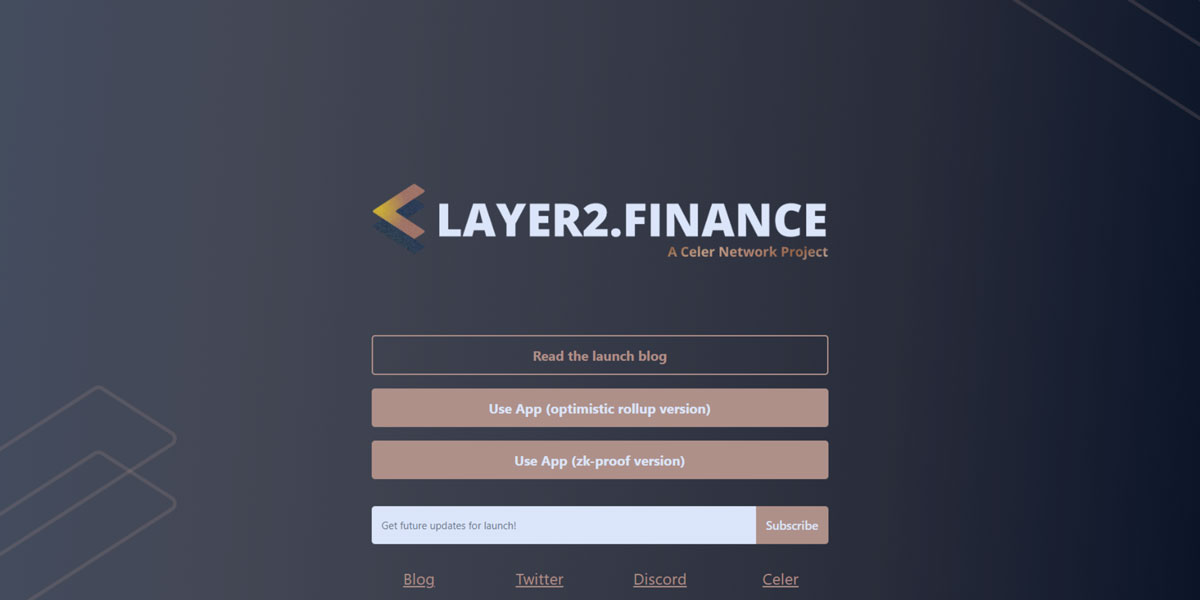
Imagine having one-click access to all existing DeFi protocols at a fraction of the cost. That’s what Celer’s Layer2.finance aims to do. Founded in 2018 by Mo Dong, Junda Liu, Ziaozhou Li, and Qingkai Liang, Celer is also built on StarkEx. The platform has shifted from an optimistic rollup model to ZK-rollups, further reducing costs for users.
Argent
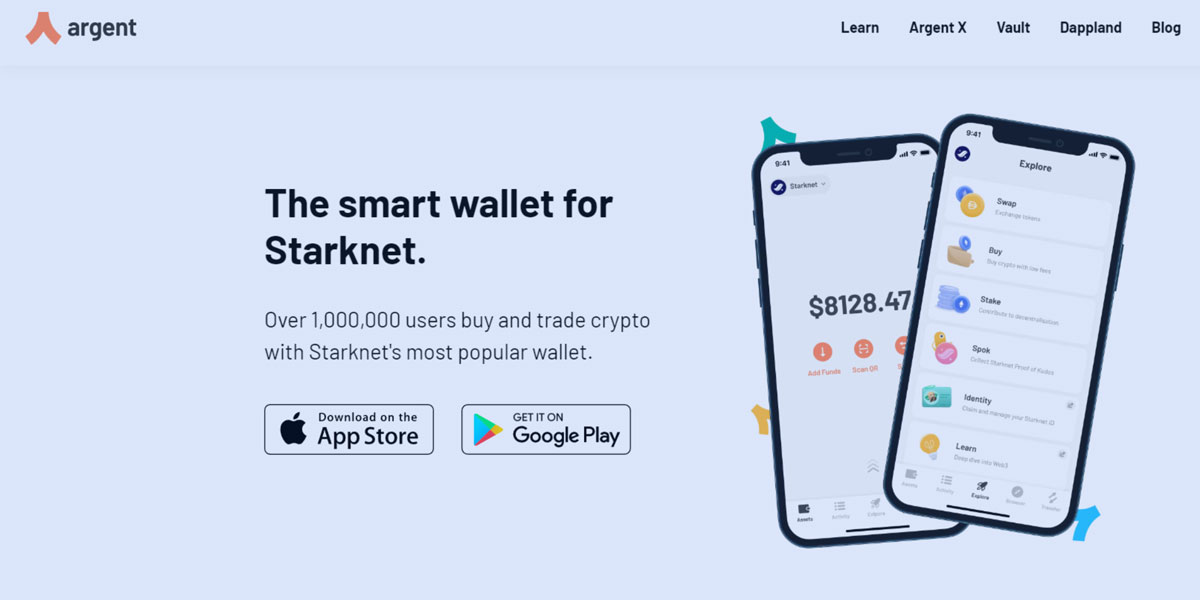
Argent is redefining what a crypto wallet can be. Founded in 2018 by Itamar Lesuisse and Gerald Goldstein, this non-custodial wallet is integrated with zkSync and aims to make DeFi interactions a breeze. With gas fees as low as $1 and rapid transactions, Argent wallet reduces carbon emissions by 95% per trade.
ZigZag
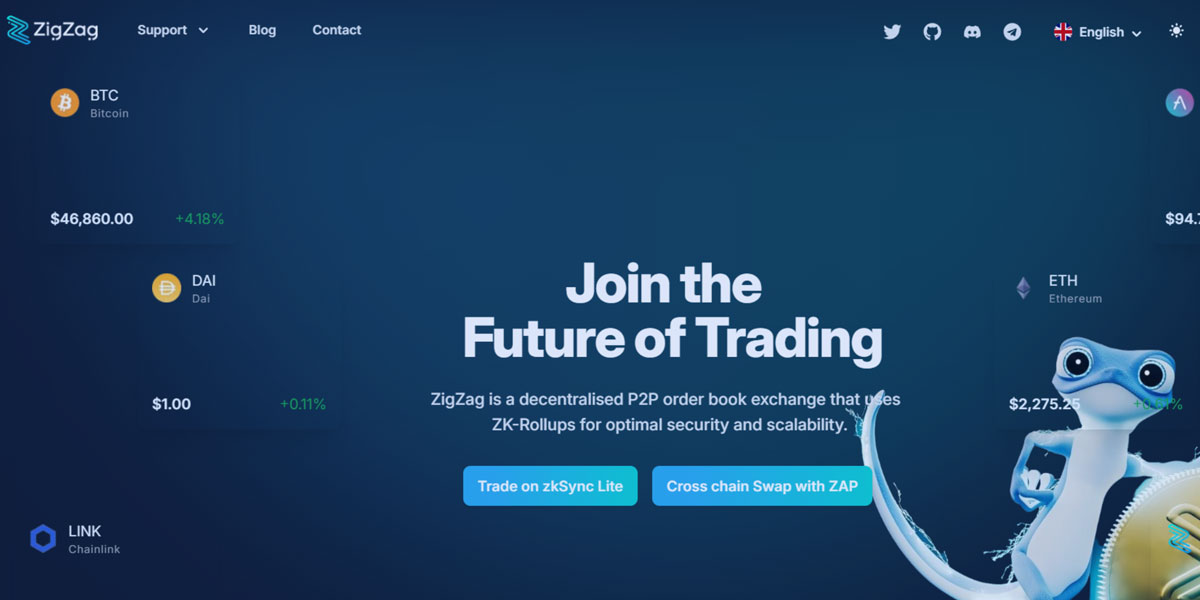
ZigZag is a unique decentralized exchange. Built on zkSync, this DEX offers near-zero fees and a user experience that rivals centralized platforms. It solves common issues like slippage and front-running, thanks to the scalability provided by ZK-rollups.
Immutable X
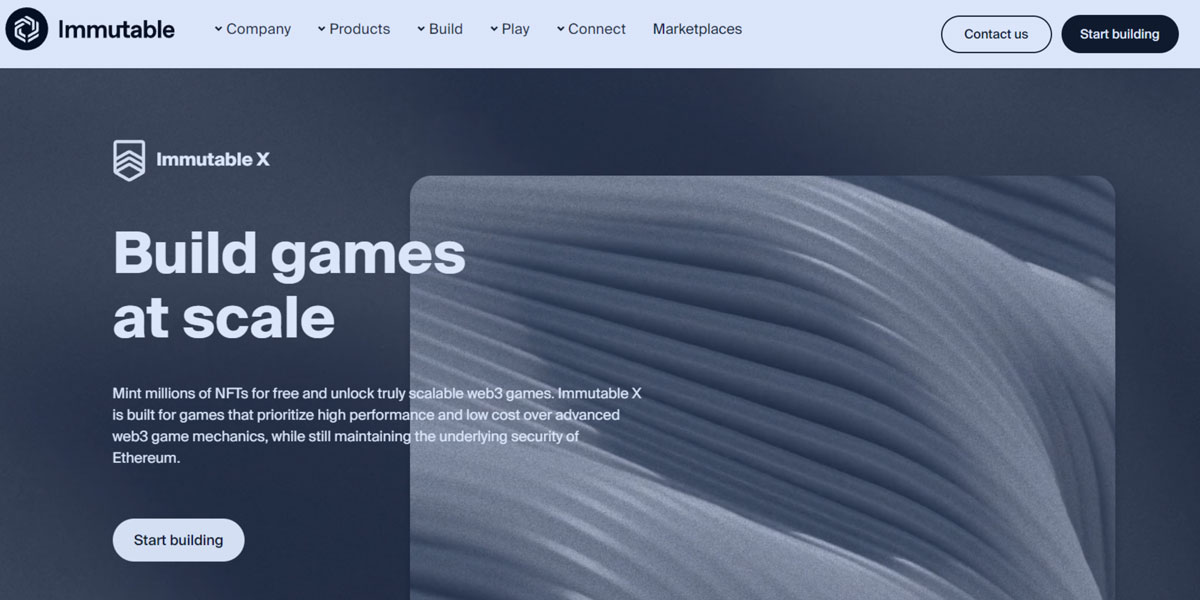
This NFT-focused platform, founded in 2018 by James Ferguson, Robbie Ferguson, and Alex Connolly, is also built on StarkEx. It offers instant transaction confirmations and near-zero gas fees for minting and trading NFTs. Plus, its shared global NFT order book enhances liquidity and trading volume, making it a go-to platform for NFT enthusiasts.
Frequently Asked Questions
How Do ZK Rollups Keep Things Secure and Private?
ZK Rollups employ advanced cryptographic techniques to encrypt transaction data. Thanks to modern Zero-Knowledge Proof (ZKP) methods, deciphering the encrypted message is virtually impossible. This ensures both the security and privacy of your transactions, making ZK Rollups a trusted choice for many.
Are There Any Downsides to Using ZK Rollups?
While ZK Rollups offer numerous benefits, they’re not without their limitations. The cost of generating ZK proofs can be a concern. Additionally, there’s ongoing debate about the potential centralization of Provers—the key verification mechanisms in ZK Rollups. These are areas that analysts and users are keeping a close eye on as the technology evolves.
What’s the Big Deal About Using ZK Rollups?
The allure of ZK Rollups lies in their ability to drastically cut down Ethereum usage costs—by at least 100x—while maintaining the same level of security and decentralization. This makes them a cost-effective and secure scaling solution, especially for those who are concerned about Ethereum’s rising gas fees.
How Do ZK Rollups Stand Apart from Other Scaling Solutions?
ZK Rollup projects offer a unique approach to scaling by compressing transactions and broadcasting them to the Ethereum mainnet. Unlike Optimistic Rollups, which operate on the assumption that all proofs are correct, ZK Rollups go the extra mile to verify each piece of cryptographic data. This ensures a higher level of security and integrity for your transactions.









